- Home
- Articles
- Architectural Portfolio
- Architectral Presentation
- Inspirational Stories
- Architecture News
- Visualization
- BIM Industry
- Facade Design
- Parametric Design
- Career
- Landscape Architecture
- Construction
- Artificial Intelligence
- Sketching
- Design Softwares
- Diagrams
- Writing
- Architectural Tips
- Sustainability
- Courses
- Concept
- Technology
- History & Heritage
- Future of Architecture
- Guides & How-To
- Projects
- Interior Design
- Competitions
- Jobs
- Store
- Tools
- More
- Home
- Articles
- Architectural Portfolio
- Architectral Presentation
- Inspirational Stories
- Architecture News
- Visualization
- BIM Industry
- Facade Design
- Parametric Design
- Career
- Landscape Architecture
- Construction
- Artificial Intelligence
- Sketching
- Design Softwares
- Diagrams
- Writing
- Architectural Tips
- Sustainability
- Courses
- Concept
- Technology
- History & Heritage
- Future of Architecture
- Guides & How-To
- Projects
- Interior Design
- Competitions
- Jobs
- Store
- Tools
- More
Protecting Your Architectural Visualizations: Practical Tips for Digital Rights Management

Architectural visualization is dazzling. Picture shimmering glass skyscrapers reflecting sunlight, all brought to life through digital artistry.
But here’s the kicker: every jaw-dropping rendering or animation carries an invisible risk.
Sharing your work online is like leaving freshly baked cookies on your porch during peak squirrel season. Those little critters – here we call them content pirates – can swipe what they want without even leaving crumbs behind.
How do you keep your creations safe while showcasing them to the world?
Stick around to find out.
Table of Contents
ToggleHow Piracy Impacts Architectural Visualizations
Sharing your designs online feels amazing. Until someone else claims them as their own.
Piracy doesn’t just steal credit; it impacts your livelihood.
Think about it like this: If you hand out free concert tickets, nobody’s buying the seats anymore. The same goes for your visuals when stolen renderings flood the market.
Here’s what happens:
- Stolen work gets slapped on portfolios or used in pitches (often by competitors).
- Original creators lose control over how and where their art appears.
- Financial losses add up because licensing opportunities vanish into thin air.
That beautiful animation you spent weeks perfecting? Without protection, someone might be selling or using it without so much as a thank-you note.
Copyright Laws and What They Mean for 3D Renderings
Copyright laws are there to help, but they’re not magic shields that stop theft in its tracks. They act more like warnings: “Touch this, and you’ll hear from my lawyer.”
Still useful but not bulletproof.
The essentials include these protections:
- Any original design is copyrighted the moment it’s created (yes, even drafts!).
- It covers visual works, animations, and even supporting assets like textures or blueprints.
What most miss? Proper registration makes enforcing copyright easier if something goes wrong later on. It’s an insurance policy against sneaky squirrels pilfering digital cookies again.

Lessons from Other Creative Industries on DRM Success
Architects can take notes from industries like music video distribution, where platforms such as DistroVid have developed strong rights management strategies. These creative fields understand the importance of balancing accessibility with protection.
Here’s what they do right:
- Digital Watermarking: Just like a signature in the corner of a painting, watermarks leave no doubt about who owns the content.
- Controlled Distribution: Limiting downloads or streamable copies reduces unauthorized use and sharing.
- Licensing Transparency: Clear licensing terms make it harder to feign ignorance when misusing content.
By borrowing these methods, architects can safeguard their portfolios while still wowing audiences online.
Tips for Safeguarding Your Portfolio Without Sacrificing Visibility
Protecting your work shouldn’t feel like locking it in a vault. You want to showcase your talent while keeping sneaky hands off. Striking that balance takes some clever strategies.
Try these tips:
- Underlay Metadata: Embedding invisible data directly into your files is like hiding a treasure map inside a painting. It leaves an undeniable trail back to you, proving ownership.
- Limit High-Resolution Downloads: Sharing high-quality previews instead of full-resolution files keeps you in control, making unauthorized use much harder.
- Use Controlled Platforms: Upload to reputable sites with built-in protection tools (think Behance or even cloud services with secure sharing options).
Visibility is key, but so is ensuring you don’t give away the farm when showcasing your creativity online.
Key Takeaways for Protecting Your Work
Architectural visualization deserves the same care as any other creative industry. Remember:
- Piracy thrives without safeguards, so protect your designs before sharing them.
- Copyright laws back you up, but tools like watermarks and controlled platforms add extra layers of security.
- Borrow strategies from industries like music video distribution. Smart rights management keeps creativity in the creator’s hands.
You don’t need to lock work away to keep it safe. A few smart steps can ensure your art shines without being stolen.
Securing Creativity in a Digital World
Protecting your architectural work is more than safeguarding files. It’s about valuing the effort, vision, and skill you pour into each rendering or animation.
Use watermarks, limit downloads, and take lessons from industries that have mastered digital rights management.
Think of it like building a house—you wouldn’t skip locking the doors just because you want guests to admire the decor. Protect your creations wisely, and ensure they remain yours to share on your terms.
illustrarch is your daily dose of architecture. Leading community designed for all lovers of illustration and #drawing.
Submit your architectural projects
Follow these steps for submission your project. Submission FormLatest Posts
Affordable Air Conditioner Repair Services Without Compromising Quality
When the temperatures rise and humidity sets in during the summer, a...
Innovations in Smart Home Architecture That Are Redefining Buyer Expectations
Smart home architecture is shifting from optional to expected. Buyers in the...
Steps To Maximize Success With Service-Oriented Franchise Models
Franchising is a strategic pathway for entrepreneurs seeking to tap into established...
How Energy-Efficient Windows Improve New Home Builds
Builders and homeowners have a unique chance to get things right from...





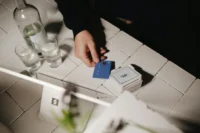
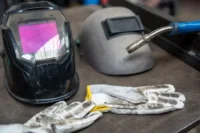

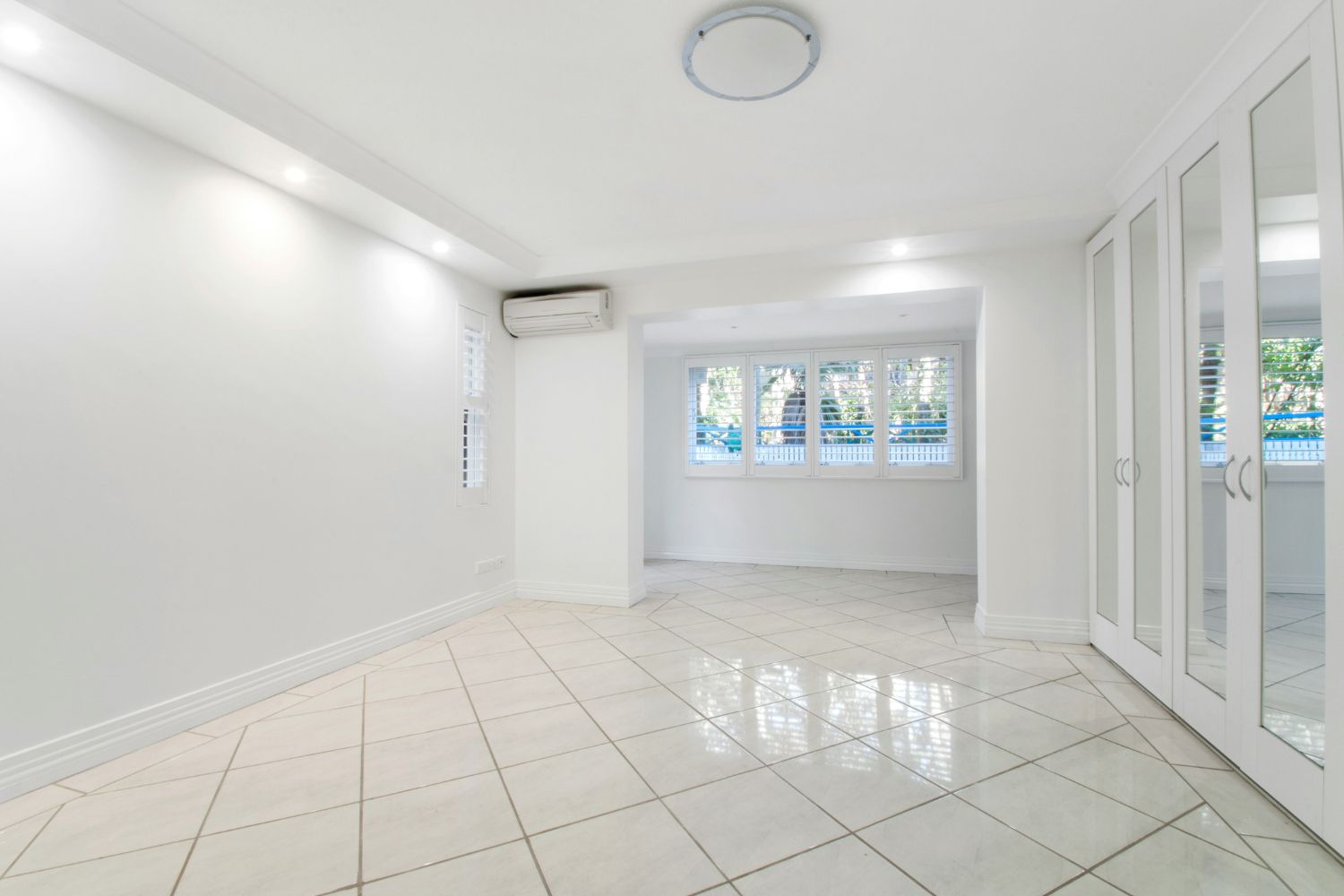
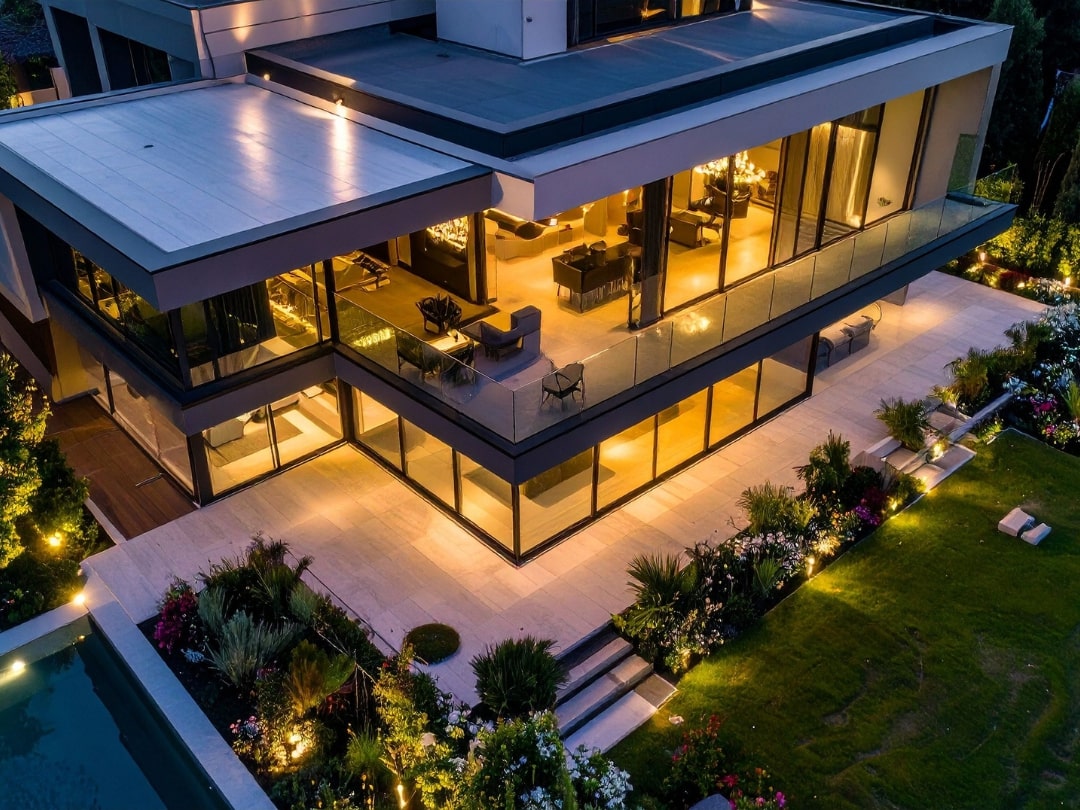

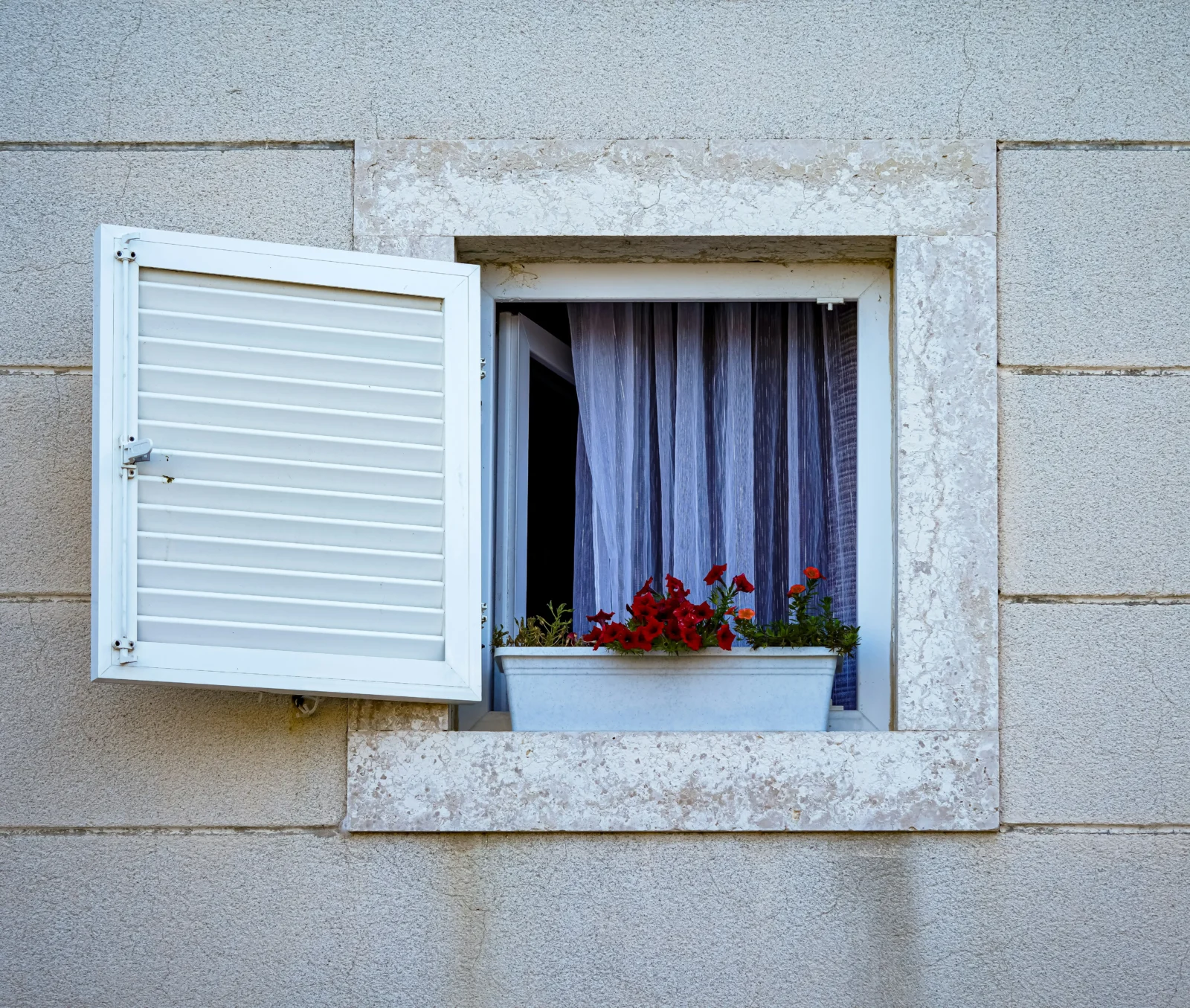
Leave a comment